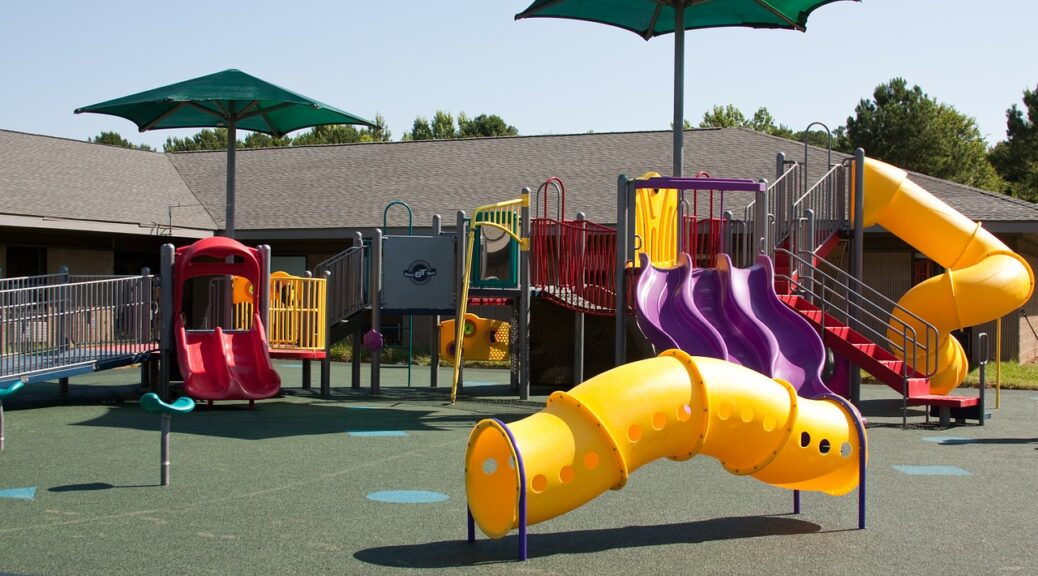Implementing E-Training for Geriatric and End-of-Life Care in Corrections
Dr. Susan Loeb from The Pennsylvania State University College of Nursing is presenting on the creation of a computer-based learning (CBL) program for corrections staff at the 32nd Annual Scientific Sessions virtual conference of the Eastern Nursing Research Society on March 26-27, 2020. Klein Buendel Senior Scientist, Dr. Valerie Myers, is a co-author on the presentation.
Experts in corrections have identified the care of older individuals who are incarcerated as a high priority area for research and policy. Therefore, there is a need to provide evidence-based training tailored to frontline corrections personnel who are charged with the care and oversight of aged and dying incarcerated individuals. In response, the research team developed, implemented, and tested a CBL program that aligned with contextual environment constraints and the infrastructure-specific needs of corrections.
The virtual presentation will describe how the adoption mechanisms and support systems were integrated from set up to full-scale usability testing of the CBL program, Enhancing Care for the Aged and Dying in Prison (ECAD-P) for corrections staff. Specifically, factors that affect adoption and support systems were identified, examined and implemented at each phase of the development and implementation process of ECAD-P. In the Set-Up phase, the format of a paper-pencil toolkit was not sustainable for long-term, broad dissemination of the program, so support systems were evaluated to determine the capabilities of CBL. Throughout the development, Expert and Community Advisory Boards critically examined the content and programming measures of the product to ensure the product complied with usual practices and institutional constraints.
During testing, small scale usability-testing was conducted to determine human capacity, infrastructure capabilities, reporting systems, and program design and function. In going to full-scale, large-scale usability testing provided valuable insights on implementation considerations, such as leadership, communication, policy, and culture of institution. Consideration of adoption mechanisms and support systems ultimately allowed for researchers to refine ECAD-P for future, effective, large-scale dissemination.
This research was funded by a Small Business Technology Transfer grant to Klein Buendel from the National Institute on Aging at the National Institutes of Health (AG049570; Dr. Susan Loeb and Dr. Valerie Myers, Multiple Principal Investigators). Collaborators on the work presented include Dr. Erin Kitt-Lewis and Kaléi Kowalchik from The Pennsylvania State University College of Nursing; Dr. Rachel Wion from Indiana University School of Nursing; Julie Murphy from King College Nursing Program; and Dr. Valerie Myers and Tiffany Jerrod from Klein Buendel.


